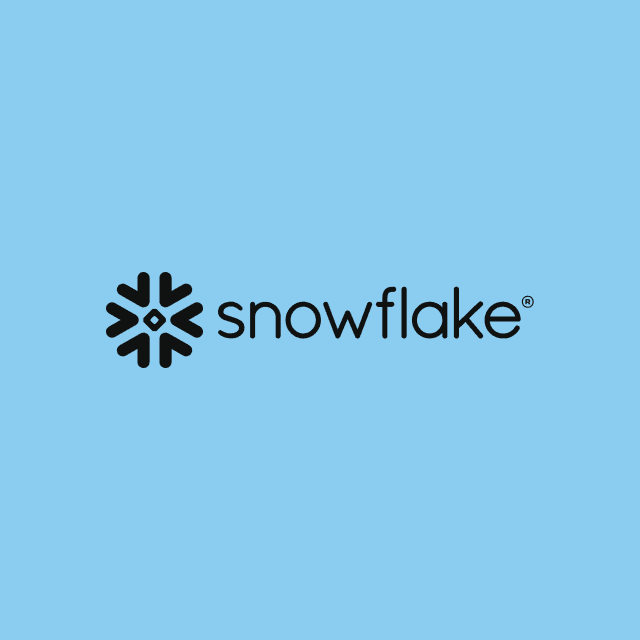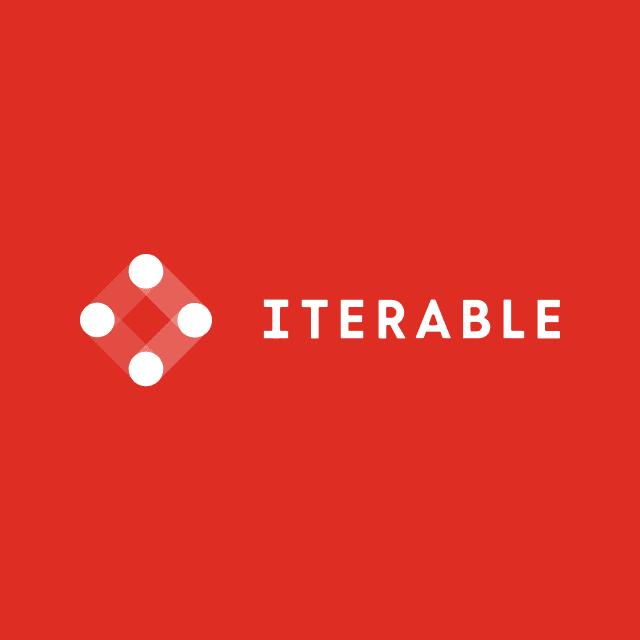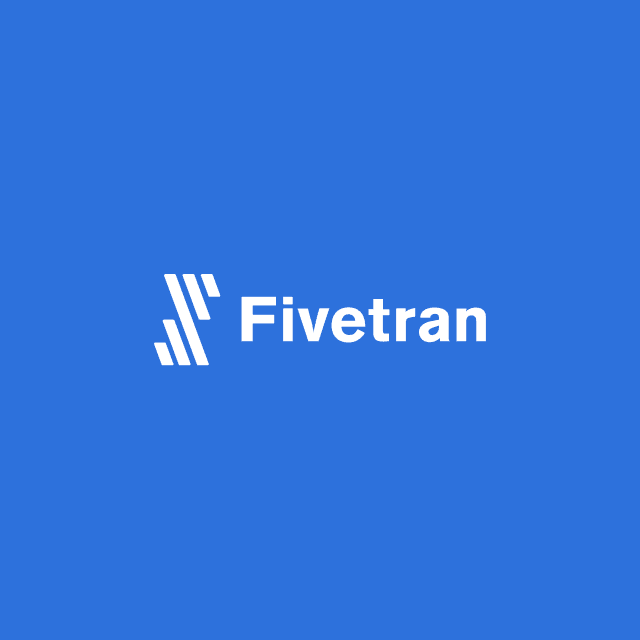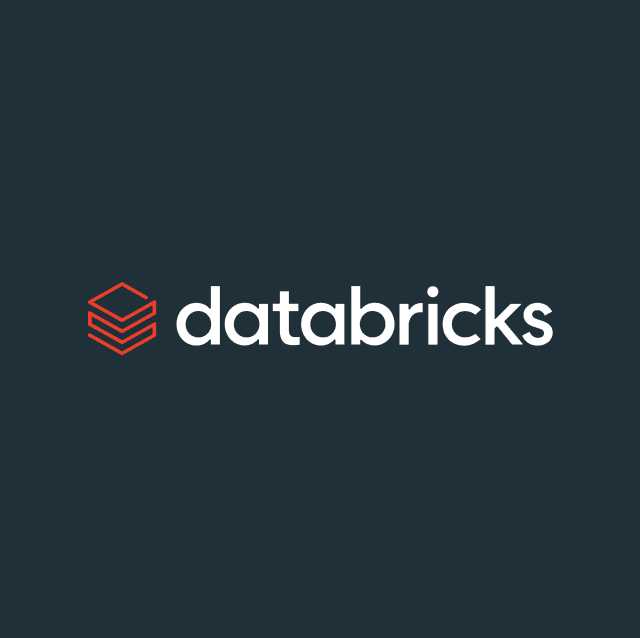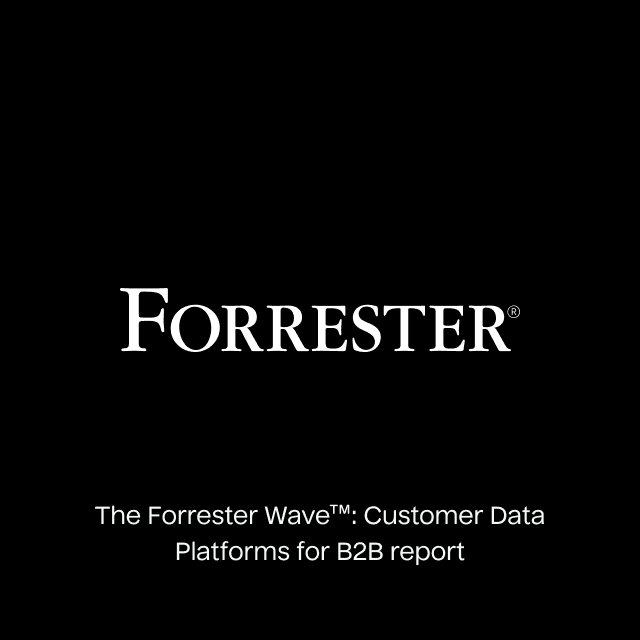Nobody understands your customer better than you do. You have an ideal customer profile and want to reach more of that persona. The challenge is reaching those people with the right message at the right time. Ad platforms provide many targeting capabilities, but the secret to taking full advantage of these platforms' advanced targeting algorithms is using your first-party data as the foundation for your audience targeting. The best way to ensure you’re increasing and optimizing your audience reach is through lookalike audiences.
In this article, you’ll learn:
- What is a lookalike audience?
- What ad platforms support lookalike audiences?
- How do lookalike audiences work?
- Why do lookalike audiences matter
- Lookalike audience use cases
- How to create lookalike audience?
What is a Lookalike Audience?
A lookalike audience is a targeting technique that ad platforms use to help you target potential customers who align with your ideal customer profile (ICP) and who are more likely to convert. Ad platforms like Meta and Google use this approach to cross-reference your audience and the associated data points you provide against the information they have on users in their platforms. This targeting approach helps marketing teams reach their ICP more efficiently to increase conversions, reduce customer acquisition costs (CAC), and increase return on ad spend (ROAS).
What Ad Platforms Support Lookalike Audiences?
Most ad platforms support the lookalike audience feature, which may be called something slightly different depending on the platform. Below is the list highlighting the ad platforms that support lookalike audiences.
- Google Ads supports lookalike segments
- Facebook supports lookalike audiences
- X (formerly Twitter) supports lookalike audiences
- TikTok supports lookalike audiences
- Pinterest supports lookalike audiences
- Snapchat supports lookalike audiences
Note: On Feb 29th, 2024, LinkedIn discontinued its lookalike audiences feature.
How do Lookalike Audiences Work?
You must first upload a seed audience to your chosen ad platform to take advantage of lookalike audiences. Your seed audience should include all of your customer data—attributes, traits, demographics, behavioral events, and even custom data science models your data team has built to better predict behavior.
Once you’ve uploaded this data to your ad platform, the AI engine companies like Meta, Google, and Snapchat, which have spent millions producing, will do the work for you. These highly intelligent algorithms work by analyzing the similarities across your seed audience and matching those data points against what the ad network already knows about existing users in the platform to determine whether or not a user aligns with your ICP.
Within the ad platforms, you can configure the range of your audience size. This range determines how similar the new lookalike audiences are to the customer list you’ve provided. For example, in Facebook ads, you can choose between a 1% and a 10% matching size.
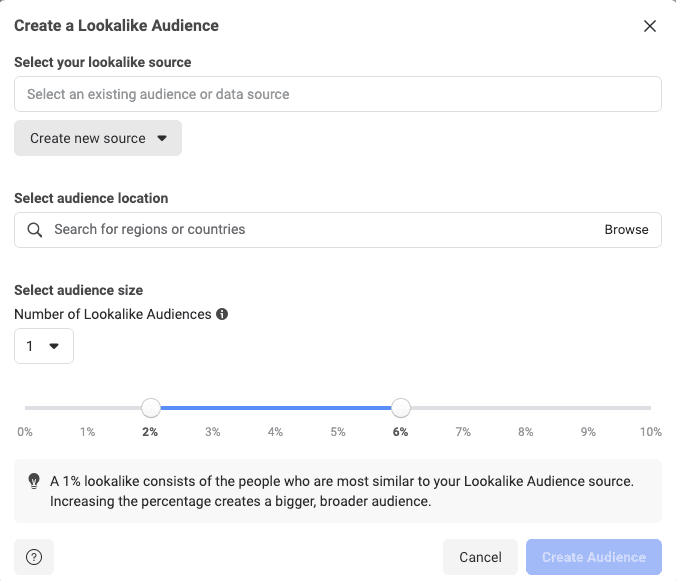
Facebook Lookalike Audience Options
A higher number equals a lower similarity, and a lower number equals a similarity to your seed audience. For example, a 10% lookalike audience will include the top 10% of people in your target country who resemble your source audience. However, a 1% lookalike audience comprises the top 1% of people in your target country.
Your lookalike audience range will depend on your goals. A larger percentile will work better if you aim to improve reach, increase impressions, and grow brand awareness. However, if your goal is to increase conversions and drive revenue, you’ll want to keep your range as small as possible.
Why do Lookalike Audiences Matter?
Using basic audience creation on an ad platform can provide you with a larger audience of potential customers. But how many of them will become customers? You don’t want to spend a single dollar on those who won’t become customers.
Being able to narrow your audience down to those similar to your ICP means that your ad spend is being used more efficiently. Lookalike audiences show ads to people who are more likely to convert, so you’re spending your ad budget more wisely.
Lookalike Audience Use Cases
One of the really interesting factors about lookalike audiences is that ad platforms allow you to create multiple types of lookalike audiences. This means you can optimize your targeting toward specific cohorts of users and use cases that you want to power or target users based on where they are on the marketing funnel/buying cycle. This differs from industry to industry, but here’s a quick list of some of the most common use cases for lookalike audiences.
- Acquire more users at a lower cost: The ad platform can target similar people by creating a lookalike audience of people who have already converted. Due to their similarity with other high-value users, these users are more likely to have a high conversion rate and engagement, so you’ll acquire them more efficiently than a general audience.
- Increase the quality of your acquisition: By creating lookalike audiences of people who convert and those who convert at high-order values or have high LTVs, the ad platform can find more users with similar traits and behaviors to target.
- Increase efficiency with wider suppression: By creating a lookalike audience of low-quality or churned users, you can suppress a larger number of users who likely won’t be of high value to your business because they have similar traits to users who churned from your platform or were unprofitable.
- Increase brand awareness among your target demographics: Creating a lookalike audience of your newsletter subscribers or top-of-funnel leads to the ad platform can help you reach more people and extend your awareness campaigns.
How to Create Lookalike Audiences?
Your ability to target lookalike audiences in an ad platform is directly linked to your seed audience, and your ability to create a source audience relies on the first-party data you have on your current customers.
For most companies, this lives in a data warehouse, which typically requires you to request your data team with a set of parameters for the audience criteria. Then, it’s their job to figure out how to get that data to your ad platform. If you’re lucky, they’ll build you a custom pipeline for each ad network if they can find time to prioritize it among their other IT tickets. More likely than not, the data team will probably export a manual CSV with your seed audience that you can then take and upload to your ad platforms. The problem is that audience targeting is an iterative process, and you constantly need to provide your ad networks with more and more data to feed the AI algorithms.
The easiest way to build lookalike audiences is to simply leverage a tool like Hightouch. With Hightouch, you can build a global seed audience from first-party data in your warehouse without asking your data team. You can then sync that same audience to multiple ad platforms automatically. If you want to increase your match rates and overall audience reach, Hightouch also enables you to enrich your audiences with third-party data.
Conclusion
Lookalike audiences are a great way to target potential customers who align with your ICP, resulting in a higher chance of conversion. Managing your lookalike audiences can require a lot of manual work without a tool. Hightouch makes it much easier to use your first-party data to build audiences and sync them to any ad platform automatically. If you want to know more, book a demo with a solutions engineer.




